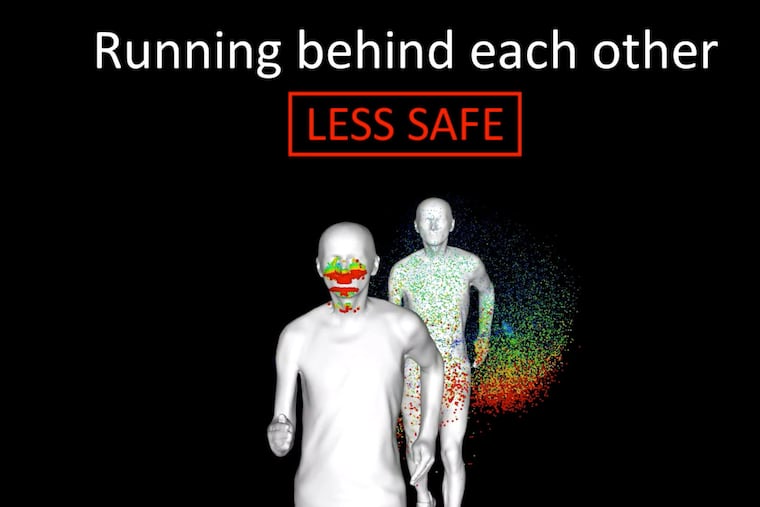Can runners spew viruses farther than 6 feet? Scientists suggest avoiding the ‘slipstream.’
The findings should not discourage people from exercising, but steering clear of other exercisers makes sense, because people spread the virus before developing symptoms, researchers say.
